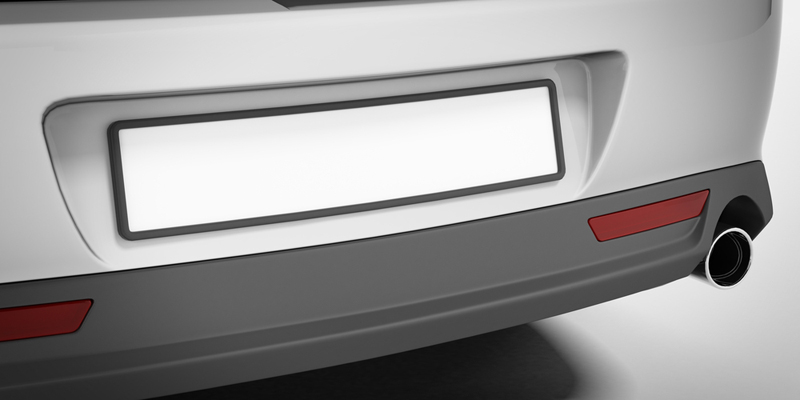
The fact remains that a lot of people prefer to make use of the DVLA private registration number process in order to get their personalised number plates, although it does end up costing them a substantial amount of money. This is the reason why a lot of trust should be placed upon the private registration service providers that can provide you with the personalised number plates as and when there is a necessity for it. With a wide variety of number plates out there in the market, most of which comes with extremely unique number and letter combination, it is time for you to seek help in getting the proper personalised number plate at your disposal.
Although it may seem a bit extravagant, but the personalised number plates are a very lovely touch to any vehicle that you purchase. There is absolutely no reason for you to not go for the personalised number plates simply because they would happily help your car look unique, even if it is from a very basic manufacturer in the market. It is this uniqueness that is yearned by a lot of people across the world, and the people in the United Kingdom have a fondness towards trying to remain unique to everybody else.
So, what you look for in a personalised number plate service provider? A unique understanding towards your requirement, no hidden charges, as well as a proper database that would be able to check the queries for number plates and provide you with the best option within a very short period of time. You need to realize that having a user-friendly website along with unbeatable prices coupled with knowledgeable staff is more than a necessity for most of the service providers pertaining to the personalised number plate.
The Internet has played a very important role in how people go about procuring their personalised number plates, and the online service providers have made the entire operation seem local. So, using such a service, you would be very pleased with the overall results in because it gives you the opportunity to enjoy a proper, personalised number plate at your disposal.
